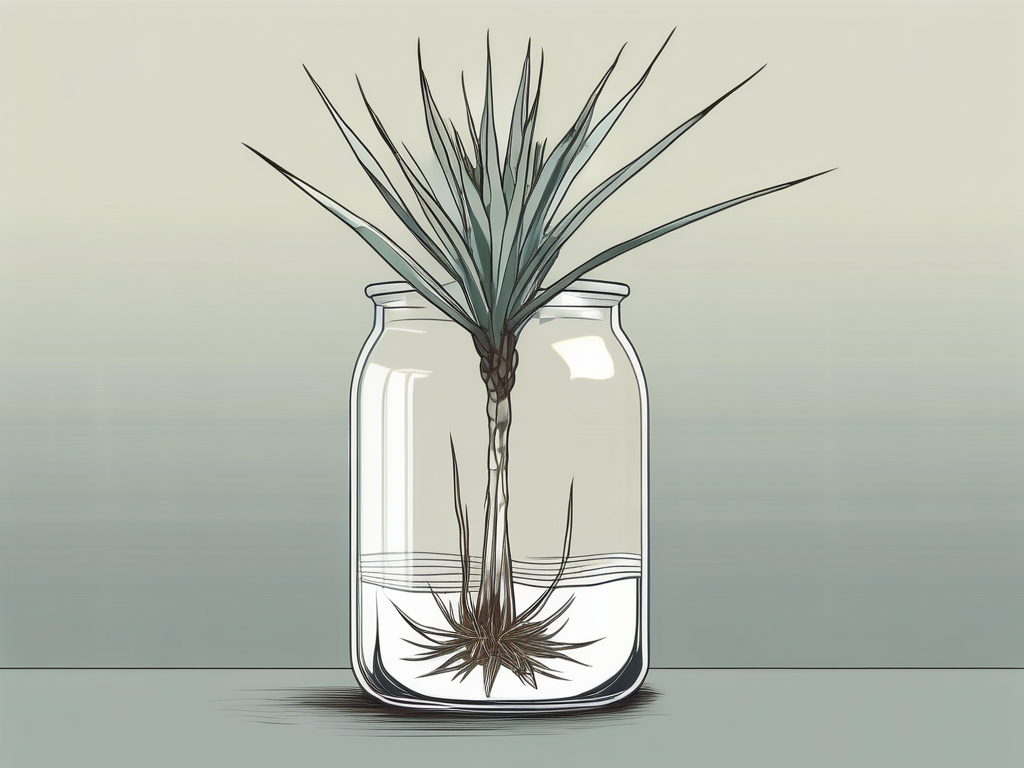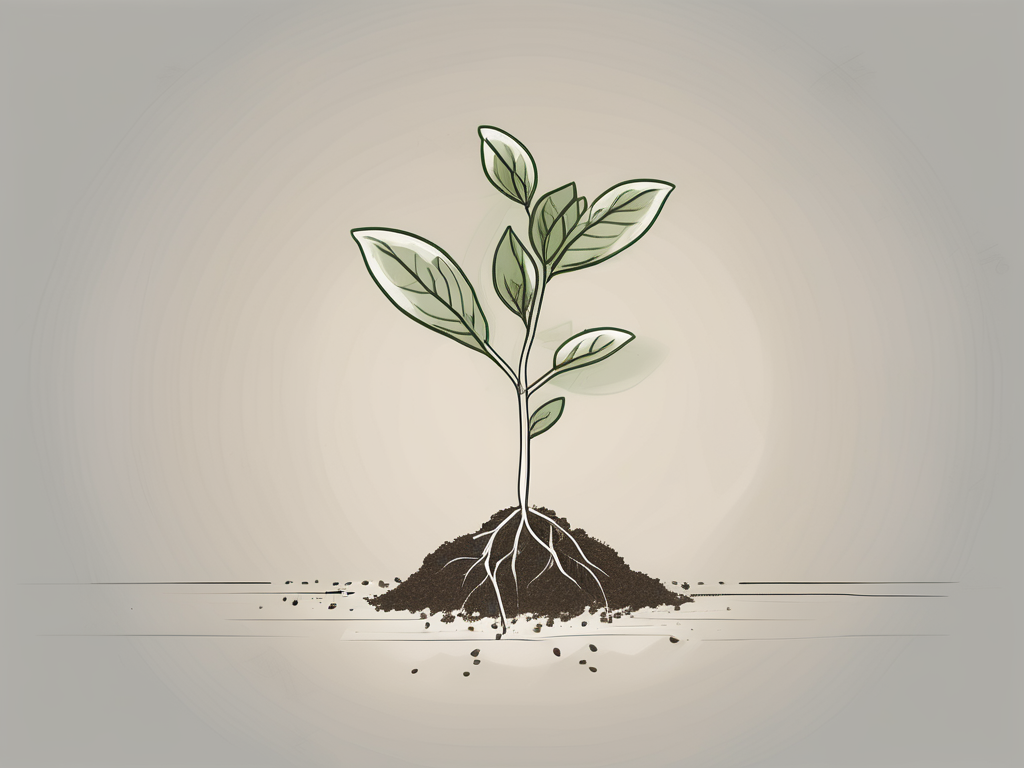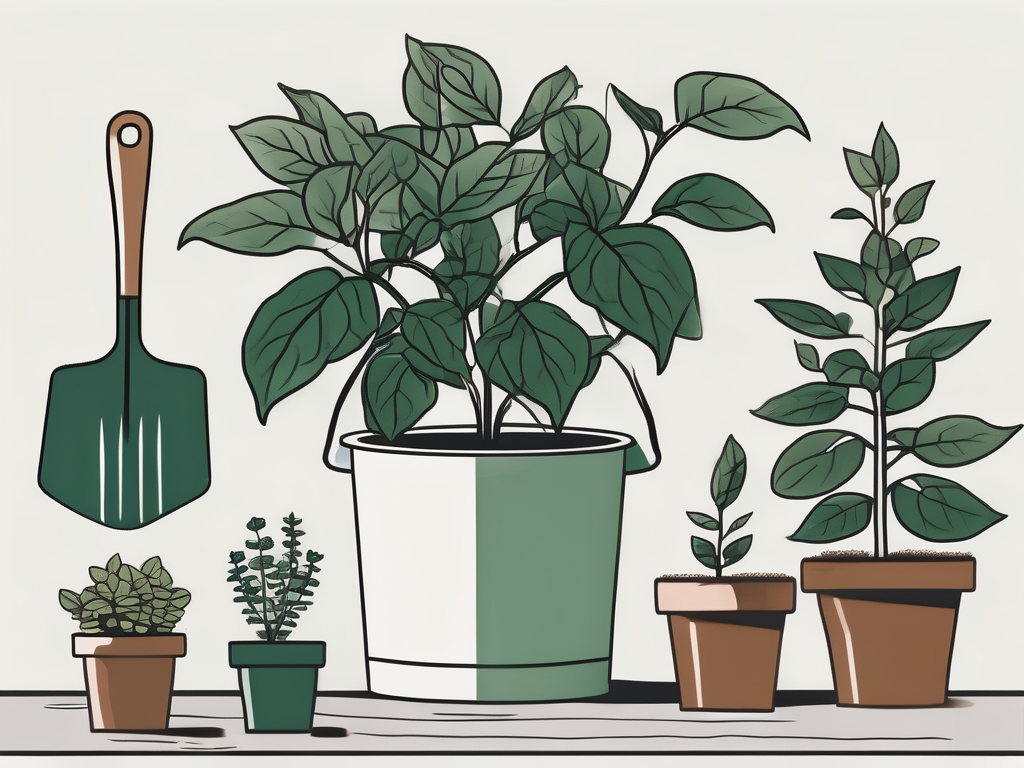
Yucca plants are those striking, architectural specimens that can add a delightful touch of drama to any room. Their bold, sword-like leaves make them a favorite among plant lovers. If you’ve ever owned a yucca, you might have wondered how you can grow more of these beauties without a trip to the plant store. Well, you’re in luck! You can propagate yuccas right in your own home, and the process is simpler than you might think.
We’re going to explore the step-by-step process of propagating yuccas in water. From selecting the perfect cutting to ensuring it thrives, this guide will cover everything you need to transform a single yucca plant into a thriving family of them. So, grab your gardening gloves, and let’s get started on this green-thumb journey!
Understanding Yucca Propagation
Before we jump into the process, let's chat about what propagation actually means. In simple terms, propagation is the magic of making more plants from existing ones. It's like cloning but for plants! There are several ways to propagate plants, but today we’re focusing on using water to encourage root growth from a yucca cutting.
Water propagation is a favorite among plant people because it allows them to watch the roots develop. Plus, it’s a fantastic way to ensure the cutting gets the hydration it needs right from the start. But, why choose water over soil? While both methods have their merits, water propagation offers a clear view of progress, ensuring any issues can be spotted early.
Now, let's get into the nitty-gritty of yucca propagation. Understanding the plant's biology and growth patterns is key to a successful propagation journey. Yuccas are hardy plants, native to the arid regions of the Americas. They’re well adapted to survive in dry climates, which makes them incredibly resilient houseplants. This hardiness also means they’re pretty forgiving when it comes to propagation, making them ideal candidates for beginners.
Selecting the Perfect Cutting
The first step in propagating a yucca is selecting the right cutting. The cutting is essentially a piece of the parent plant that, with a little care, will grow into a new plant. To get started, you’ll need a sharp, clean pair of pruning shears or scissors. This ensures a clean cut and reduces the risk of infection to both the parent plant and the cutting.
When choosing your cutting, look for a healthy section of the stem. It should be about 4 to 6 inches long and free from any signs of disease or damage. Avoid sections with yellowing leaves or soft spots, as these could indicate underlying issues that might affect the cutting’s ability to root.
Here’s a quick checklist to help you select the perfect cutting:
- Choose a healthy stem with vibrant, green leaves.
- Ensure the stem is about 4–6 inches long.
- Avoid any sections with signs of disease or damage.
- Make sure your cutting tools are clean and sharp.
Once you have your cutting, it’s time to prepare it for its new watery home. Trim away any excess leaves from the bottom half of the cutting. This helps prevent rotting when the cutting is placed in water.
Setting Up the Water Propagation Station
Now that you have your cutting, it’s time to set up the perfect environment for root growth. You’ll need a container that’s clean and clear, preferably glass so you can monitor the rooting process. A mason jar, a vase, or even a recycled glass bottle can work wonders. The container should be large enough to hold the cutting upright without tipping over.
Fill your container with enough room-temperature water to submerge the lower half of the cutting. It’s important to use clean water, as impurities can hinder root development. If you’re using tap water, let it sit for a few hours to allow any chlorine to dissipate. Alternatively, you can use distilled or filtered water.
Place the cutting in the container, ensuring that the leaves are above the waterline to prevent rot. The stem should be submerged in water to encourage root growth. Position your propagation station in a spot with bright, indirect light. Too much direct sunlight can cause the water to heat up, which may be detrimental to the rooting process.
Keep a few things in mind to ensure a smooth setup:
- Use a clear container to easily monitor root development.
- Keep leaves out of the water to prevent rot.
- Choose a spot with bright, indirect light for your cutting.
- Use clean, room-temperature water for the best results.
The Waiting Game: Patience is Key
Once your cutting is set up in its watery home, it’s time for the waiting game. Propagation requires patience, and root development doesn’t happen overnight. Typically, you’ll start to see root growth within a few weeks, but it can sometimes take longer. The key here is to be patient and resist the urge to disturb the cutting too often.
During this waiting period, it’s essential to keep an eye on the water level. As the water evaporates, top it up to ensure the cutting remains submerged. Change the water every few weeks to keep it fresh and oxygenated, which helps prevent bacterial growth that could harm the cutting.
Signs that your cutting is thriving include:
- Roots beginning to form from the submerged section of the stem.
- Overall healthy appearance with no signs of rot or disease.
- New leaf growth on the cutting, indicating it's taking well to the water environment.
If you notice any issues, like the cutting becoming mushy or leaves wilting, it may be time to reassess the setup. Check for pests, ensure the water is clean, and verify that the cutting is receiving adequate light.
Transitioning from Water to Soil
Once your yucca cutting has developed a healthy root system, it’s time to transition it to soil. This is an exciting step, as it signals the cutting is ready to grow into a mature plant. A good rule of thumb is to wait until the roots are at least 1–2 inches long before making the move.
When selecting soil, opt for a well-draining mix. Yuccas are accustomed to arid conditions, so they prefer soil that won’t retain too much moisture. A cactus or succulent mix, often available at garden centers, is a great choice. Alternatively, you can create your own by mixing regular potting soil with sand or perlite to improve drainage.
Here’s how to move your cutting from water to soil:
- Select a pot with drainage holes to prevent waterlogging.
- Fill the pot with your well-draining soil mix.
- Gently place the cutting in the soil, ensuring the roots are covered.
- Water the soil lightly to settle it around the roots, but avoid overwatering.
Position your newly potted yucca in a spot with bright, indirect light. Over the next few weeks, monitor the plant’s progress and adjust care as needed. As the cutting acclimates to its new environment, it will begin to establish itself and grow more robust over time.
Common Propagation Challenges and How to Overcome Them
While propagating yucca in water is generally straightforward, you might encounter a few hiccups along the way. Here are some common challenges and how to tackle them:
Root Rot
One of the most common issues is root rot, which occurs when the cutting sits in water for too long without fresh air circulation. To prevent this, change the water regularly and use a container that allows for airflow.
Slow Root Development
If your cutting seems to be taking longer than expected to develop roots, ensure it’s getting enough light. A lack of adequate light can slow down the rooting process. Adjust the position of your propagation station to ensure it’s receiving ample indirect sunlight.
Pests
Occasionally, pests like aphids or spider mites might make an appearance. If you notice any, rinse the cutting gently under water to remove them. For stubborn infestations, consider using a mild insecticidal soap.
Remember, every plant is unique, and sometimes it might take a little trial and error to find what works best for your particular cutting. Stay patient and attentive, and you’ll have a thriving new plant in no time.
Incorporating Propagated Yucca into Your Home
Once your new yucca is growing strong in its pot, it’s time to think about how to incorporate it into your home. Yuccas are versatile plants that can fit in a variety of interior design styles, from modern minimalist to boho chic. Their bold structure makes them a perfect focal point in any room.
Consider using your yucca as a statement piece in a living room corner or as part of a lush indoor garden. Pair it with plants of varying heights and textures to create a dynamic plant display. Yuccas also do well in large planters, which can be a stylish addition to your home’s entryway.
Here are a few tips to incorporate your yucca into your home decor:
- Use stylish planters that complement your interior design style.
- Group with other plants for a layered, textured look.
- Place in areas with bright, indirect light to ensure healthy growth.
With a little creativity, you can transform your space into a green oasis that not only looks great but also supports your well-being. Plants like yuccas are known to purify the air, making your home healthier and more inviting.
Long-Term Care for Your Yucca
Now that your yucca is part of your home, it’s important to know how to care for it in the long run. Yuccas are relatively low-maintenance, but there are a few key care tips to keep in mind to ensure they thrive.
Watering is perhaps the most crucial aspect of yucca care. These plants prefer to dry out between waterings, so it’s essential not to overwater. Check the soil moisture by sticking your finger about an inch deep into the soil. If it feels dry, it’s time to water. If it’s still moist, wait a few more days.
Here’s a simple yucca care routine to follow:
- Light: Place in bright, indirect sunlight.
- Watering: Allow the soil to dry out between waterings.
- Fertilizing: Feed with a balanced liquid fertilizer during the growing season (spring and summer).
- Pruning: Trim any dead or damaged leaves to keep the plant looking tidy.
With these care tips in mind, your yucca will continue to grow and flourish, adding beauty and life to your home for years to come.
Final Thoughts
Propagating yucca in water is a rewarding endeavor that allows you to expand your plant collection with ease. From selecting the right cutting to watching roots grow, each step is a delightful part of the plant parenting journey. By following these tips, you’ll be able to enjoy the beauty of yuccas in multiple parts of your home.
At Cafe Planta, we believe in the power of plants to bring people together. Whether you’re just starting out or have a seasoned green thumb, we’re here to support you. If you have any plant care questions, feel free to email us or reach out on Instagram. Let’s grow together!












